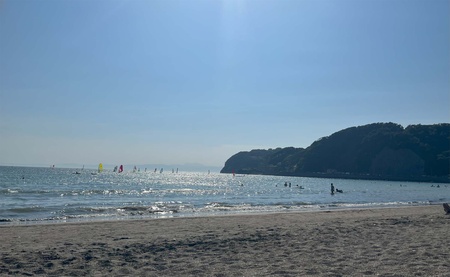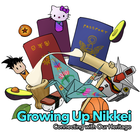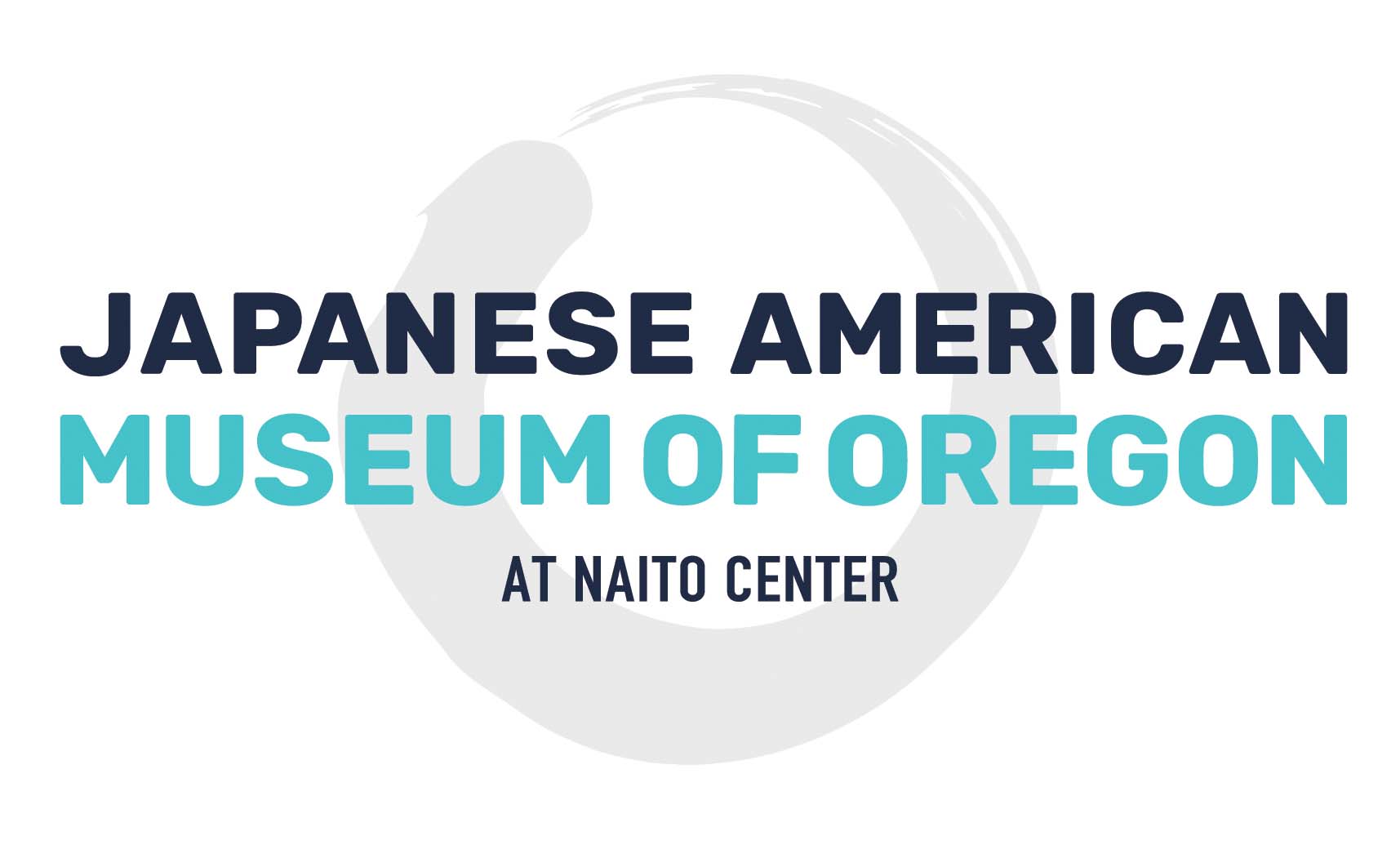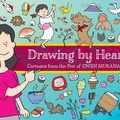“I thought they said there would be rice,” my brother whispered to me, eyeing the bowls on the table. I pointed to a bowl full of colorful Mexican-style rice and replied, “I think that’s the rice.” He shot me a disgusted look, and I reminded him that we had to eat everything they gave us with no complaining.
Though he’s two years older than me, my brother was never as good at hiding what he was thinking as I was. The truth was that even at ages six and eight, we were both fascinated and also more than a little disappointed that when our friends promised us a familiar food at their dinner table, it was a far cry from the steamed white rice we ate nearly every day at home.
When I search for stories about what it meant to grow up half Japanese, I always come up with moments like these–small, quiet moments of discovery of difference, buried in a very normal American upbringing. I grew up in a neighborhood where my Japanese father was practically the only non-white person I ever saw. Aside from the adopted Korean kid in my brother’s elementary school class, we were the only non-white kids that I knew.
After a few run-ins with feisty blonde children yelling at us on the playground, my brother and I both learned that we stuck out just enough to not quite fit in, but at the same time weren’t different enough to draw a lot of questions about our Japanese last name or our Asian father.
That meant that growing up half-Japanese was a little like sitting at the beach surrounded by pretty shells you’ve collected on a walk–small beauties scattered along a very white suburban childhood. A doll festival at the Japanese community center downtown, where we wore happi coats and ate musubi. Homemade riceballs at picnics alongside Popeyes chicken. My dad teaching us some Judo moves in the living room.
Pilgrimages to the Japanese grocery store in Sakura Square in Denver to buy huge bags of white rice, Golden Curry boxes, and, invariably, a little box of Botan rice candy for my brother and I. Sometimes we’d get a Ramune treat, which we’d sip happily as we compared stickers from the Botan box and marveled at the rice paper candy wrappers melting on our tongues.
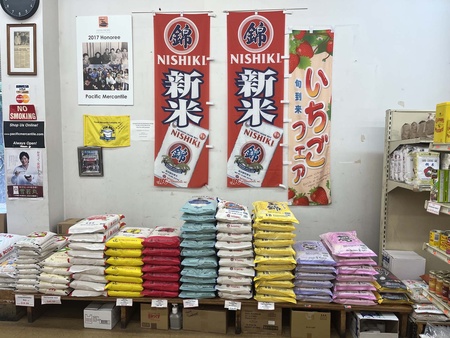
In most ways being Japanese was a part of my childhood that no one but my family saw. In America, ethnic heritage is all about the optics–if you don’t look Japanese to someone, it may never cross their mind that you are. I’ve been mistaken for nearly every ethnicity–Mexican, Italian, Hungarian, Spanish, Middle Eastern–and actually had someone flat out tell me that I must not really be Japanese because I don’t look it. When people think of you as the same as them–if slightly browner, with darker hair–they don’t stop to ask you when you do something a little out of the ordinary.
They don’t blink an eye when they hear your parents tell you something is too takai (expensive) to buy, or to get off that rock because it’s abunai (dangerous). And so your ethnic heritage gets sort of secreted away, not with shame or intention, just slowly and quietly, as shells get covered in the sand by a gentle tide, waiting to be dug up by sharp-eyed walkers.
For me, much of my sense of what it means to be half-Japanese became unearthed when I went to Japan for the first time as an adult. The unique thing about being half anything is you’re very aware of being half of two already-complex things. You realize not only the complexity of being bi-racial, or bi-cultural, but also the complexity of the component parts themselves. People who grew up monocultural tend to ask me to play a sort of Sesame Street sorting game with my identity–what is Japanese, and what is American (by which they usually mean white)?
Since I grew up in a very monocultural neighborhood, when people learned I was half-Japanese they wanted to know what exactly that meant. How was I Japanese? I never had a clear answer for them. I would think about all those seashells–curry dinners, rice balls, folding fans my grandparents showed us, my grandpa’s Purple Heart that he got fighting in the 442nd in the war–but none of those things made a complete picture for people to make sense of.
When I did finally go to Japan I realized what I had always suspected but had trouble articulating, that the mix of heritage and culture that makes us who we are is much harder to untangle than most people would like.
I first realized that my Japanese heritage may mean more to my identity than just growing up with different foods or a smattering of Japanese words when I got a job at a Japanese university teaching English. During the “what are Japanese students typically like in class” portion of orientation and training, the trainer described my own behavior in a classroom to a T. She struck a sensitive chord when she mentioned the anxiety some Japanese students feel when asked to volunteer answers–surely someone older or smarter should give the answer, or the teacher herself would.
As the semester went on I realized that on some level I understood my Japanese students, because something of the logic of how they moved in the world had been passed to me by my father, or by his parents. My Irish coworker felt no end of exasperation with her students, and I found myself playing the unexpected role of native informant or cultural interpreter, helping her understand a little bit why they behaved the way they did in the face of her Western pedagogical tactics.
After that first stint in Japan I began a process of treasure-hunting, trying to puzzle out what about me was Japanese after all. Part of that process was coming to terms with what I had lost by growing up in a monocultural American neighborhood, cut off from Nikkei communities.
Being a fourth generation immigrant from anywhere inevitably comes with loss. There’s nothing I lament more than the loss of the Japanese language in our family–losing a language is like snipping a vein.
At 30, I’m finally starting to pick it up again. Piece by piece, another shell to be admired and shared. If I’ve learned anything from growing up Nikkei it’s that culture, heritage, and identity are things we unravel slowly, threads of ourselves that take time to understand.
You can look at seashells on a beach and see them only as broken pieces. Halves of wholes, worn fragments, incomplete parts. Or you can do what I do and choose to see them as lovely little reminders of the beauty of the unexpected, of the uniqueness and particularity hiding behind the monotonous and the mundane. Being half-Japanese feels like that to me–an opportunity to see the beauty of “both/and” instead of the tragedy of “either/or,” and to get to collect, piece by piece, all the lovely fragments of myself, my family, my past and my present, and make something beautiful from them.
© 2023 Amelia Ino


